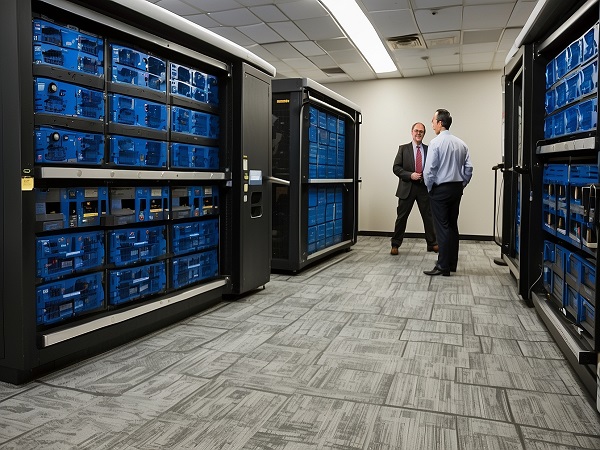Introduction
In today’s fast-paced digital world, businesses rely heavily on robust IT infrastructure and networking solutions to stay competitive. From small startups to large enterprises, the importance of a well-designed IT framework cannot be overstated. In this article, we will delve into the intricacies of infrastructure and networking, exploring their advantages and how they contribute to organizational success.
Understanding IT Infrastructure
IT infrastructure encompasses a wide array of components, including hardware, software, networks, and facilities. Essentially, it serves as the foundation upon which an organization’s IT services and solutions are built. A well-designed infrastructure provides the necessary framework to support business operations, enhance productivity, and facilitate growth.
Scalability and Flexibility
One of the key advantages of a robust IT infrastructure is scalability. As businesses evolve and expand, their IT needs grow accordingly. A scalable infrastructure allows for seamless expansion, enabling organizations to adapt to changing demands without compromising performance. Moreover, flexibility is inherent in modern IT architectures, allowing for the integration of new technologies and services as needed.
Reliability and Resilience
Reliability is paramount in the world of IT. Downtime can result in significant financial losses and damage to reputation. A robust infrastructure is designed with redundancy and failover mechanisms to minimize the risk of disruptions. By leveraging redundant components and backup systems, organizations can ensure continuous availability of critical services, thereby enhancing reliability and resilience.
Security and Compliance
In an era of increasing cyber threats and regulatory requirements, security is a top priority for businesses. A well-designed infrastructure incorporates robust security measures to protect sensitive data and mitigate risks. From firewalls and encryption protocols to access controls and intrusion detection systems, organizations deploy a multi-layered approach to safeguard their IT assets and comply with industry regulations.
Maximizing Networking Advantages
Networking plays a pivotal role in connecting devices, systems, and users within an organization’s IT environment. It enables seamless communication and collaboration, facilitating the exchange of information and resources. Let’s explore some key advantages of networking in the modern business landscape.
Enhanced Connectivity
Networking technologies such as Ethernet, Wi-Fi, and VPNs enable seamless connectivity across distributed locations. Employees can access shared resources, applications, and databases from anywhere, enhancing collaboration and productivity. Moreover, cloud-based networking solutions provide scalable and cost-effective connectivity options, eliminating the need for expensive infrastructure investments.
Improved Performance
High-performance networks are essential for delivering a seamless user experience and optimizing application performance. Through technologies like Quality of Service (QoS) and network optimization algorithms, organizations can prioritize traffic, minimize latency, and ensure consistent performance across their IT infrastructure. Additionally, network monitoring and management tools provide real-time insights into network health and performance, enabling proactive troubleshooting and optimization.
Scalability and Agility
Networking solutions enable organizations to scale their IT infrastructure dynamically to meet evolving business needs. Whether it’s expanding to new locations, accommodating growing user bases, or integrating new technologies, scalable networks provide the flexibility and agility required for business growth. Virtualization and software-defined networking (SDN) further enhance scalability by decoupling network services from underlying hardware, enabling centralized management and automation.
Conclusion
In conclusion, navigating the IT landscape requires a comprehensive understanding of infrastructure and networking advantages. A well-designed IT infrastructure serves as the foundation for organizational success, providing scalability, reliability, security, and compliance. Meanwhile, networking technologies facilitate seamless connectivity, improved performance, and scalability, enabling organizations to adapt to changing business requirements. By leveraging these advantages effectively, businesses can stay competitive in today’s digital economy and drive innovation and growth.








